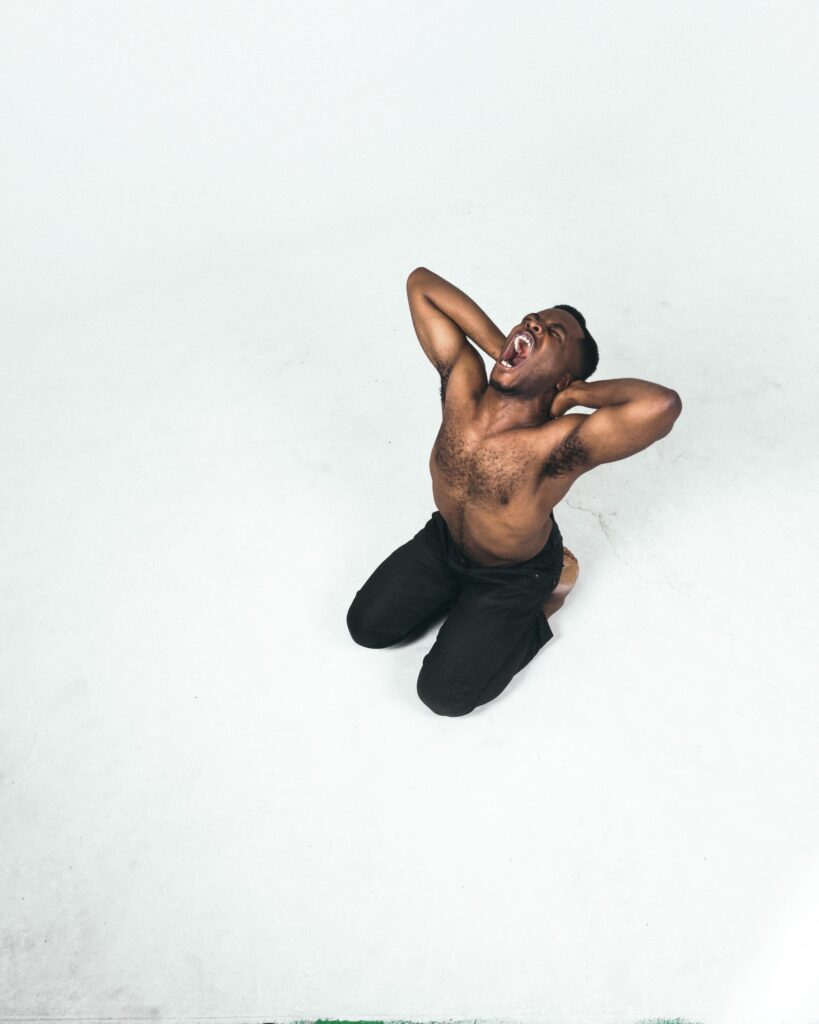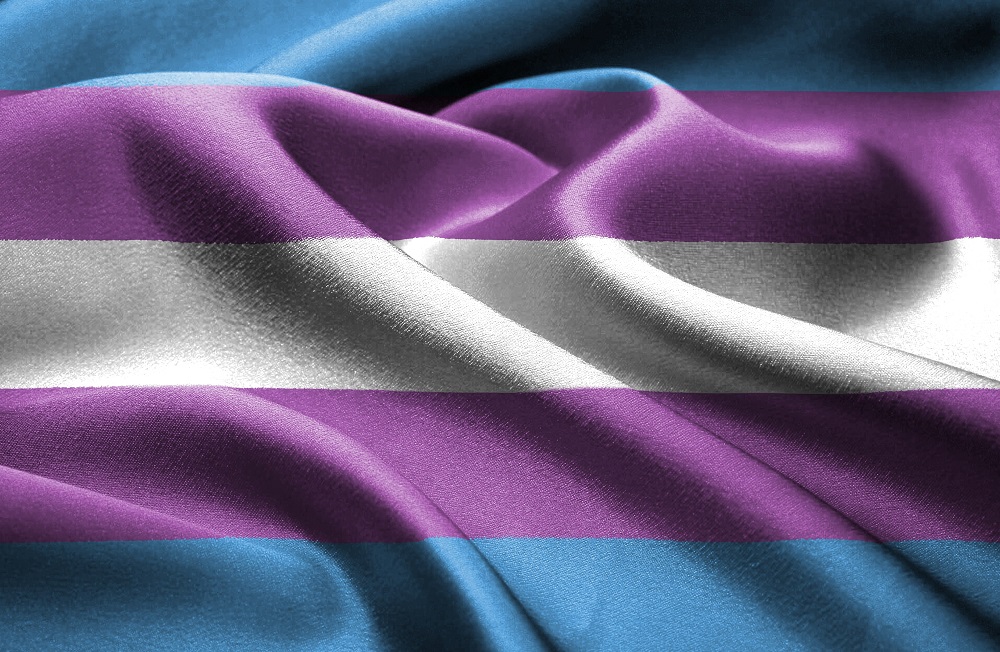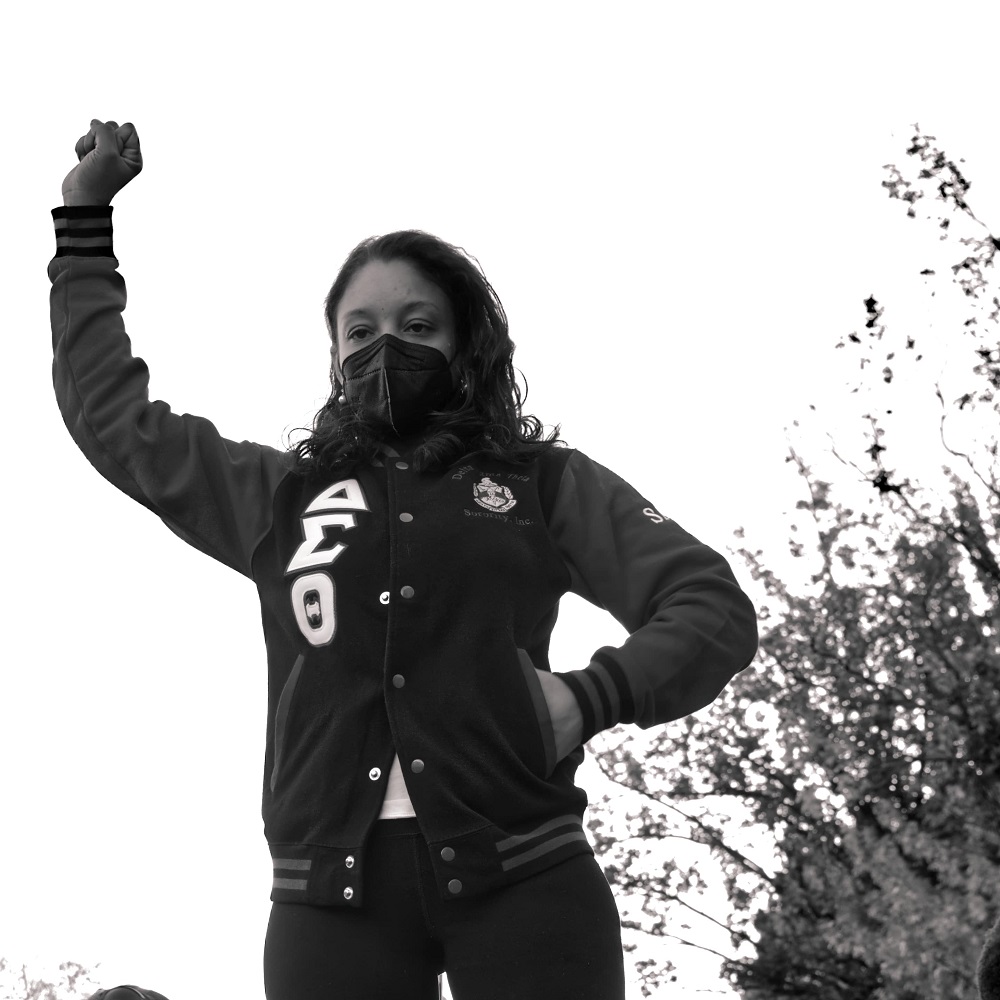Rosemary Brown: A Canadian Political Icon

By: Priscilla Wiredu Black Voice focuses on the impact Black people have contributed to the world in intellectual ways. Their legacies and contributions do not go unnoticed as we aim to facilitate modes of inclusion among various policies and community discussions. Their ability to use their skill, voice, and mind inspire the Black community to […]
Reverse Racism: A Harmful Myth

By: Priscilla Wiredu In 2020, Gerber announced that the face of their products will be named after a Black baby named Magnolia Earl. Not only did Earl make history as the first Black baby to represent Gerber’s company, but also the first adopted baby to be their spokesperson at only one year old. Magnolia’s proud […]
Let’s Talk About: Zanana Akande

By: Lavanya Kathirgamanathan Zanana Akande is a woman who embodies bravery, power, and strength as she represents one of the many voices in Canada who created a diverse environment in the political world. In 1937, Akande was born in the heart of Toronto, a city filled with diversity, innovation, and culture. While growing up in […]
The Divestment Movement

By: Sydnee Walcott Everyone deserves to be accepted in society. Unfortunately, women feel unloved and ostracized from society. In an aim to address this, women have taken a stand to address this issue of inequality. “The most disrespected person in America is the Black woman,” said Civil Rights Leader Malcolm X. On May 22, 1962, […]
White is right: The dangers and damages of skin lightening amongst Black women

By Priscilla Wiredu
How to tell if someone you know is experiencing gender-based violence

By Kayla Empey
Engaging men in the fight against gender-based violence

By Alyssa Bravo
Addressing gender-based violence in the transgender and non-binary community

By Alyssa Bravo
Intimate partner violence during COVID-19

By Amy Fournier
Why Black women’s stories matter

By Alexandra Yeboah
